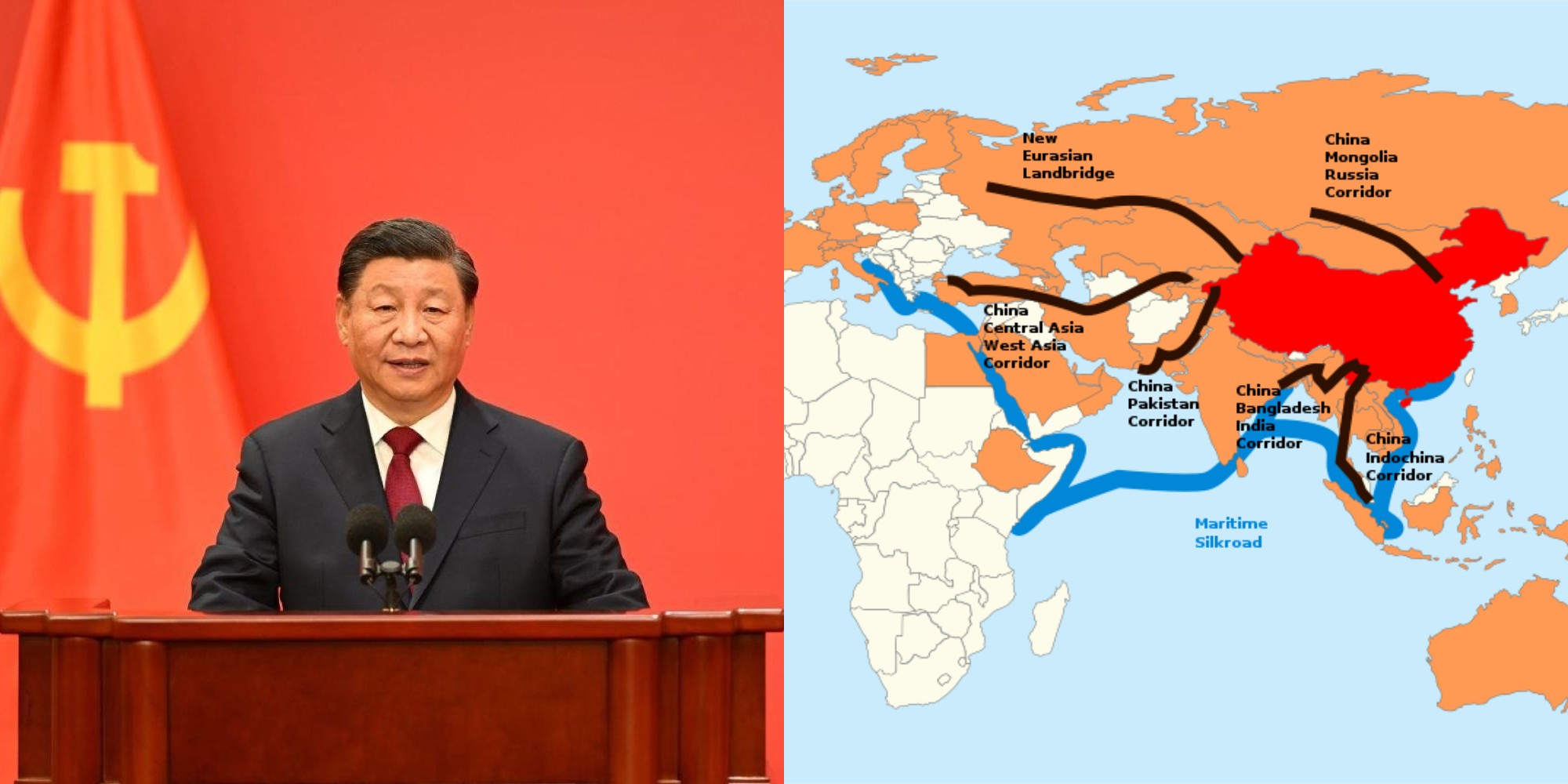India Revives Ferry Connectivity With Sri Lanka After Four Decades While China Attempts To ‘Gobble’ Sri Lanka,

Post-LTTE Bilateral Ties
Before the Sri Lankan civil war, one of the most successful ferry services operated between Dhanushkodi, near Rameshwaram, and Talaimannar. Passengers from Chennai would board the Boat Mail Express at the Egmore railway station to reach Rameshwaram, where they would transfer to the ferry. The journey from there to Talaimannar, conducted on a coal-powered steam ferry, typically took around two hours. LTTE demanded a separate country for Tamilians due to the majoritarian policies of the Sri Lankan government. The Sinhalese people are in the majority in Sri Lanka, and Tamils are in the minority. The Sri Lankan government made Sinhala the official language and later passed laws that curtailed educational opportunities for minority Tamils. Gradually, the movement turned violent, and LTTE emerged as the primary representative of the Tamilians in north and east Sri Lanka. The Tamil cause, helmed by the LTTE, received support from the Tamil diaspora worldwide, including in the South Indian state of Tamil Nadu, where many Sri Lankan Tamilians were arriving to escape the strife-torn homeland. The inflow of refugees, rising sympathy in India for Sri Lankan Tamils, and the threat of instability in Sri Lanka spilling over into India and the wider South Asia region led to India’s first overseas military intervention. The cultural ties between the Tamil communities in India and Sri Lanka also resulted in the cessation of the ferry service. Sri Lanka ended the LTTE insurgency in 2009. In 2011, a ferry service was proposed as Sri Lanka was striving to change its perception as a war-torn, refugee-producing nation. At that time, two services were considered, one connecting Thoothukudi (India) and Colombo (Sri Lanka) and the other linking Rameswaram (India) and Talaimannar (Sri Lanka). The people-to-people connectivity will positively impact trade, religious tourism, and commerce in coastal regions of both countries. Both the countries have strong cultural and religious ties dating back to centuries. The countries share two common religions – Hinduism and Buddhism.- Ritu Sharma has been a journalist for over a decade, writing on defense, foreign affairs, and nuclear technology.
- She can be reached at ritu.sharma (at) mail.com
- Follow EurAsian Times on Google News
